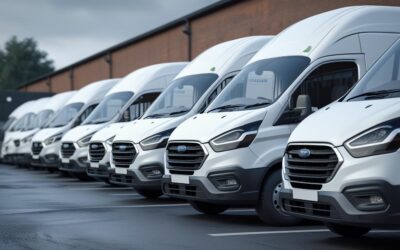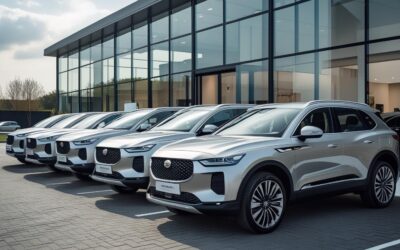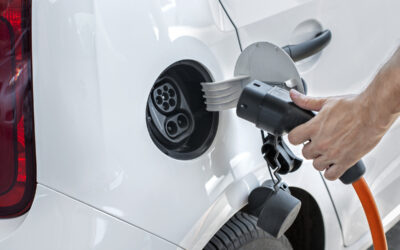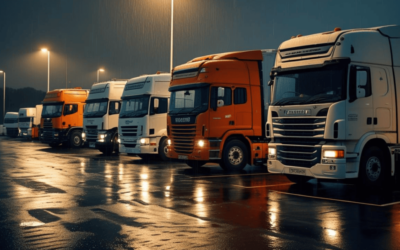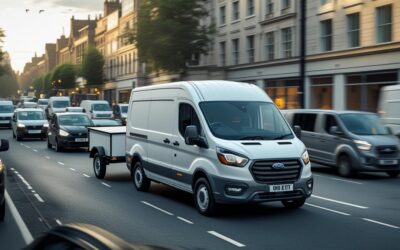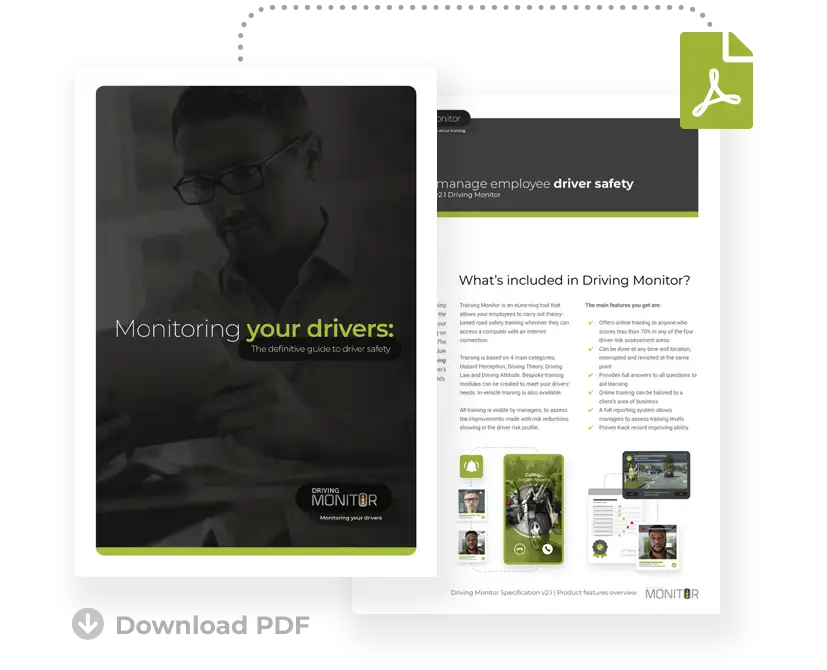Autonomous fleet vehicles: where are we at?
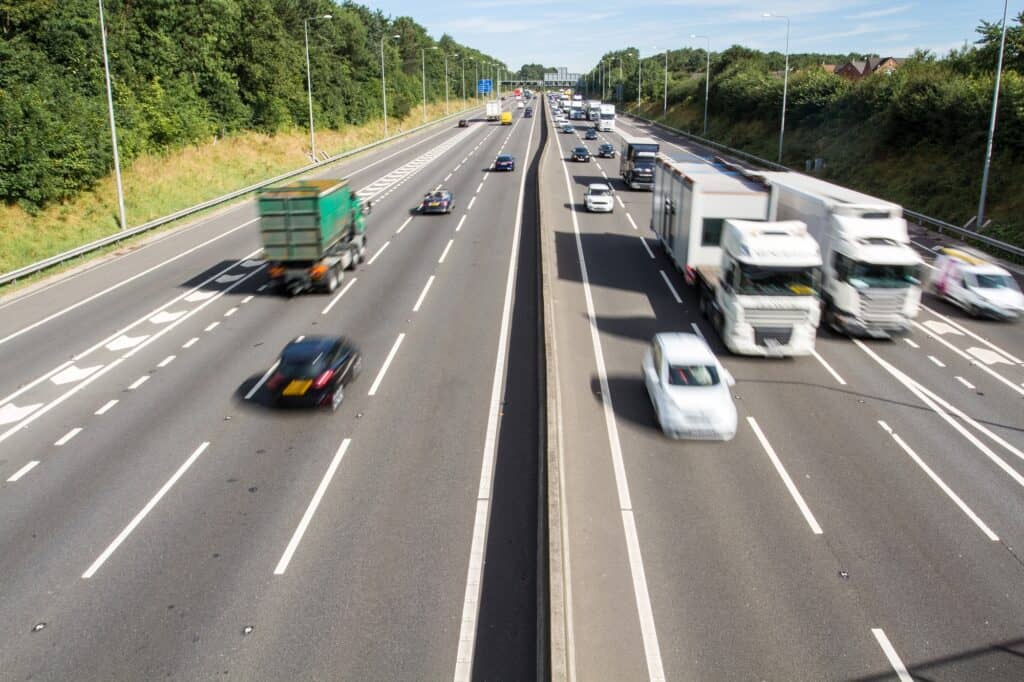
Autonomous vehicles (AVs) have been discussed with excitement for a long time now…
But on the face of it, progress appears slower than most predicted.
So, where are we at with AVs?
Regulators have been given the task of creating policy and frameworks for the AV industry and given how quickly the technology has advanced in recent years, things have been progressing quickly.
One of the projects you might have heard of is the development of so-called ‘robo-taxis’ – but businesses have begun to shift focus away from attempting to commercialise Mobility as a Service (MaaS).
There have been widely publicised difficulties with the business to consumer applications of autonomous vehicles, and as such, attention has turned to delivery vehicles and automated trucks.
In fact, we’ve discussed the development of platooning in recent editions of Driving Monitor as the UK steps forward with trials for fleet operators.
The pandemic has also shifted the needs of the consumer away from MaaS to delivery services, with more people working from home and an increase in demand for products and services to facilitate remote working.
There’s also the reality that the pandemic has seen demand for property in dense urban areas decrease as demand for suburban and countryside property increases.
As such, there’s a danger that AV technology investment could be impacted since multinational technology firms are dependent on inner-city driverless operations being successful in the long term.
What about platooning trials?
The Transport Research Laboratory (TRL) has moved forward with the next stage of platooning trials in the UK as it looks to hear from HGV operators.
Platooning involves trucks forming an identically spaced-out convoy which is organised in such a way that means that HGVs can drive closer together over long distances.
This reduces air drag friction, which brings down fuel consumption and in turn, saves fleet owners money.
The benefits of a system in which HGVs can travel on motorways with predetermined gaps between them will use autonomous technology, which opens the door to enhanced safety features.
In fact, figures released by the European Automobile Manufacturers project that platooning could reduce the CO2 emissions of trailing vehicles by as much as 16%, while lead convoy vehicles could see a reduction of 8%.
Development of the technology was gathering pace in 2019, with the likes of Daimler, Volvo, and Scania deploying prototypes in on-road trials across Europe.
A trial in Germany concluded that platooning is “Safe, technically and easily applicable in the routine of a logistics company”.
The main obstacle to its introduction, similarly to remote-controlled vehicles, is public distrust and fears over safety.
Are we close to seeing AVs on the road in the UK?
No company has reached large scale commercialisation yet, with experts currently estimating we’re a decade from driverless vehicles and autonomous systems being deployed.
What do you think of the future of autonomous vehicles? Would you consider adopting technology in the future for your fleet? Let us know at [email protected]
Recent Posts
- Could A ‘Pothole Tax’ For Heavier Vehicles Improve Road Safety?
- Most Drivers Are Unaware That Council-Run MOT Test Centres Exist
- ‘Majority’ Of Fleets Are Still Not Reporting Their Vehicle Emissions
- Are More ‘Taller’ Cars Really A Threat To Road Safety?
- New Driving Licences Rules For Evs Comes Into Force


